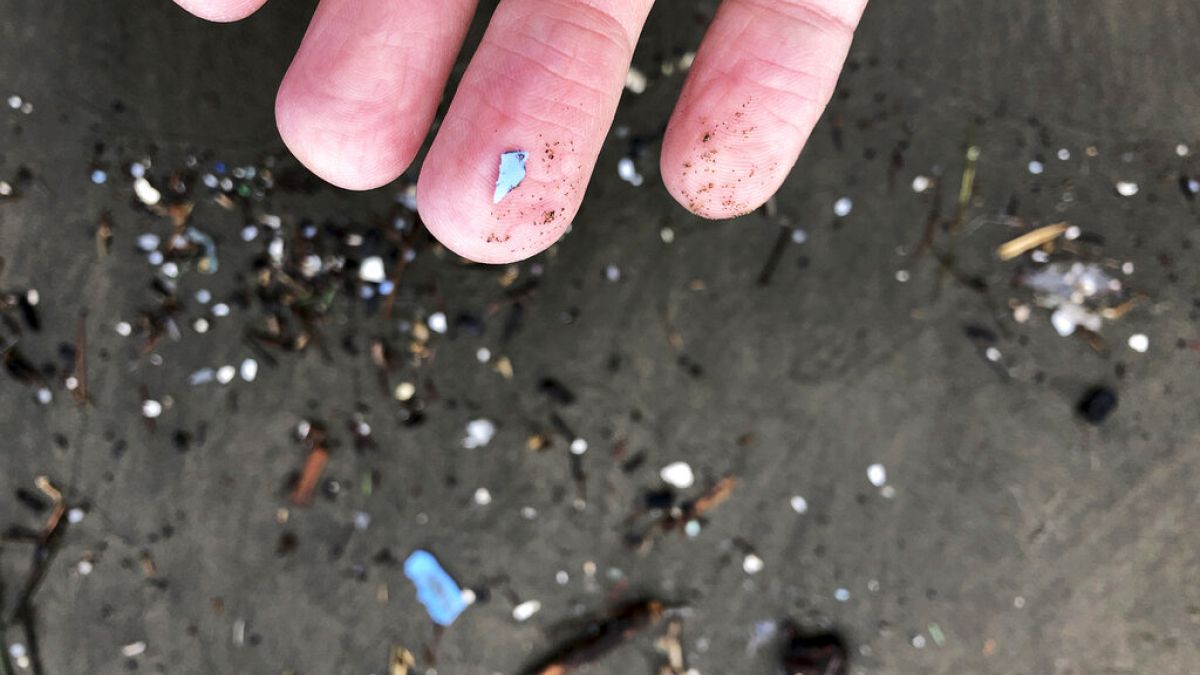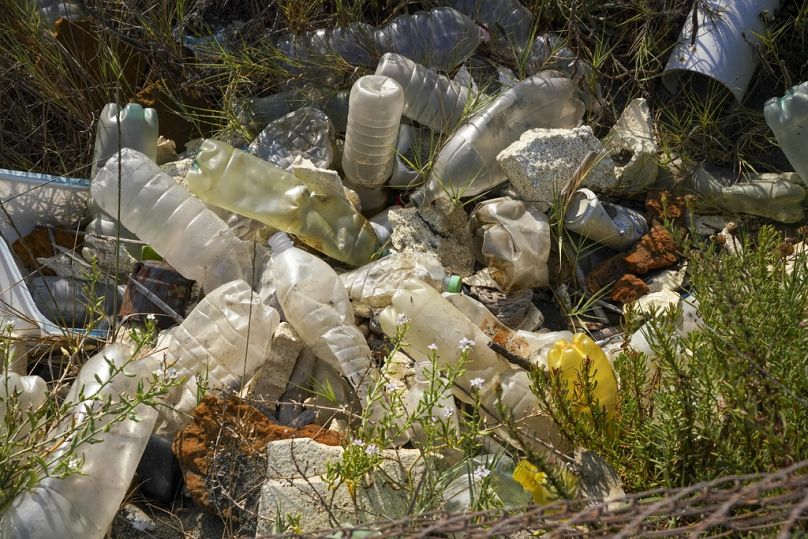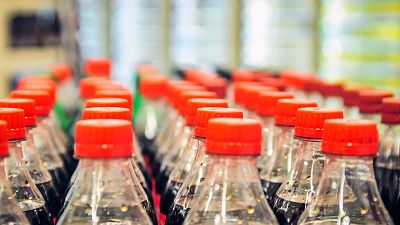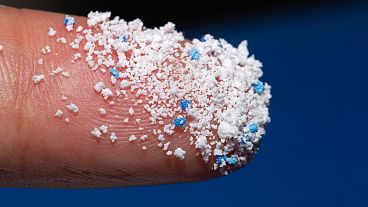New research has revealed that plastic from everyday items has the ability to infiltrate the brain.
Global scientists and campaigners are calling for immediate action on plastic’s impact on human health.
Their demands come following the release of a new report which has shown that indoor environments could be a major source of microplastic pollution. In short, it means that plastic particles are easily inhaled and can quickly enter the brain.
The research, led by Professor Dr Thais Mauad and Dr Luis Fernando Amato-Lourenco from the University of Sao Paulo and Freie University Berlin, discovered the existence of microplastics in the olfactory bulb - located at the bottom of the brain.
The experts’ identification of microplastics in the nose as well as in the bulb suggests that the olfactory pathway is likely to be an entry site for external particles to the brain.
How did the scientists make the discovery?
Researchers managed to identify plastic fibres and particles in eight out of 15 samples taken from the brains of 15 deceased residents of Sao Paulo, Brazil.
They discovered that the most common plastic found was polypropylene, which is typically used for clothing, food packaging and bottles.
Concerningly, they also found that the presence of microplastics with a diameter of 10 microns means that the level of smaller nanoplastics which pass into the human body with greater ease is much higher than previously thought.
“This study finds that the olfactory pathway is a potential major entry route for plastic into the brain, meaning that breathing within indoor environments could be a major source of plastic pollution in the brain,” Professor Thais Mauad, lead researcher from the University of São Paulo, said.
“With much smaller nanoplastics entering the body with greater ease, the total level of plastic particles may be much higher. What is worrying is the capacity of such particles to be internalised by cells and alter how our bodies function.”
The researchers were specifically concerned about the capacity of these particles to be internalised within cells. Simply put, they have the potential to cause alterations in cellular function, particularly when interacting with organs in children. That means that they can also cause definitive alterations in adult life.
The study was supported by the Plastic Soup Foundation and the Plastic Health Council, groups of leading scientists and campaigners who are fighting to ensure a UN Global Plastics Treaty properly addresses the impact of plastic on human health.
What else has been discovered about the dangers of plastics to human health?
This research comes following a discovery of plastic’s presence in the body by Plastic Health Council member, Professor Dr Lukas Kenner, in April.
He found that cancer cells in the gut can spread at an accelerated rate after contact with microplastics, and indicated that plastics could play a key role in early-onset cancer genesis.
Other scientists have suggested that further consequences for human health with exposure to plastics could include endocrine disruption, decreased fertility and heart disease.
“Plastic has become as synonymous as air is to breathing. Time and time again scientists are peeling back the cover on plastics' dangerous effects on human health,” says Maria Westerbos, the founder of Plastic Soup Foundation and co-founder of Plastic Health Council.
“The international community is only months away from the final Global Plastics Treaty negotiations, and yet policymakers are giving in to the petrochemical giants. The international community cannot waste any more time, they must finally listen to science, once and for all.”
Today, more than 500 million tonnes of plastic are produced every year for use in a wide variety of applications.
Worldwide, scientists have compiled a list of over 16,000 chemicals present in plastic products and, at the same time, found that more than 4,000 of these were hazardous to both human health and the environment.
In November, a final round of negotiations for a UN Global Plastic Treaty will take place in South Korea. At the event, campaigners and scientists who are majorly concerned about the omission of measures in draft provisions that fully address the impact of plastic pollution on human health, will call for urgent action.
The Plastic Health Council is arguing that an impactful treaty led by science must reduce the production volumes of plastics, while eradicating all but truly essential single-use plastic items.
They also want to put in place a mandate for proper testing of all chemicals in plastics, and will call upon governments to protect generations to come from the increasingly more worrying dangers of microplastics.
















